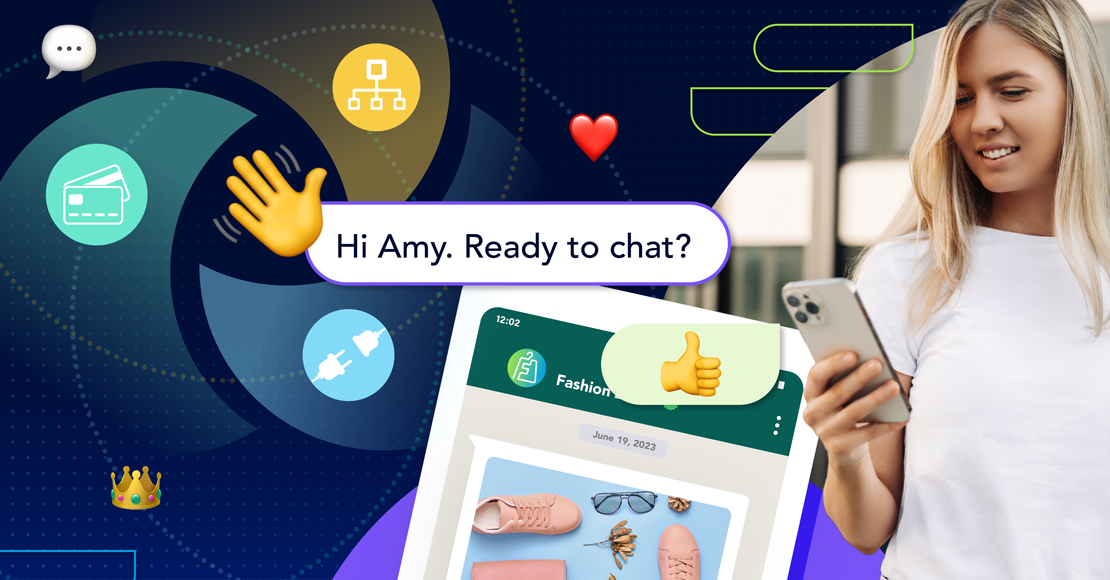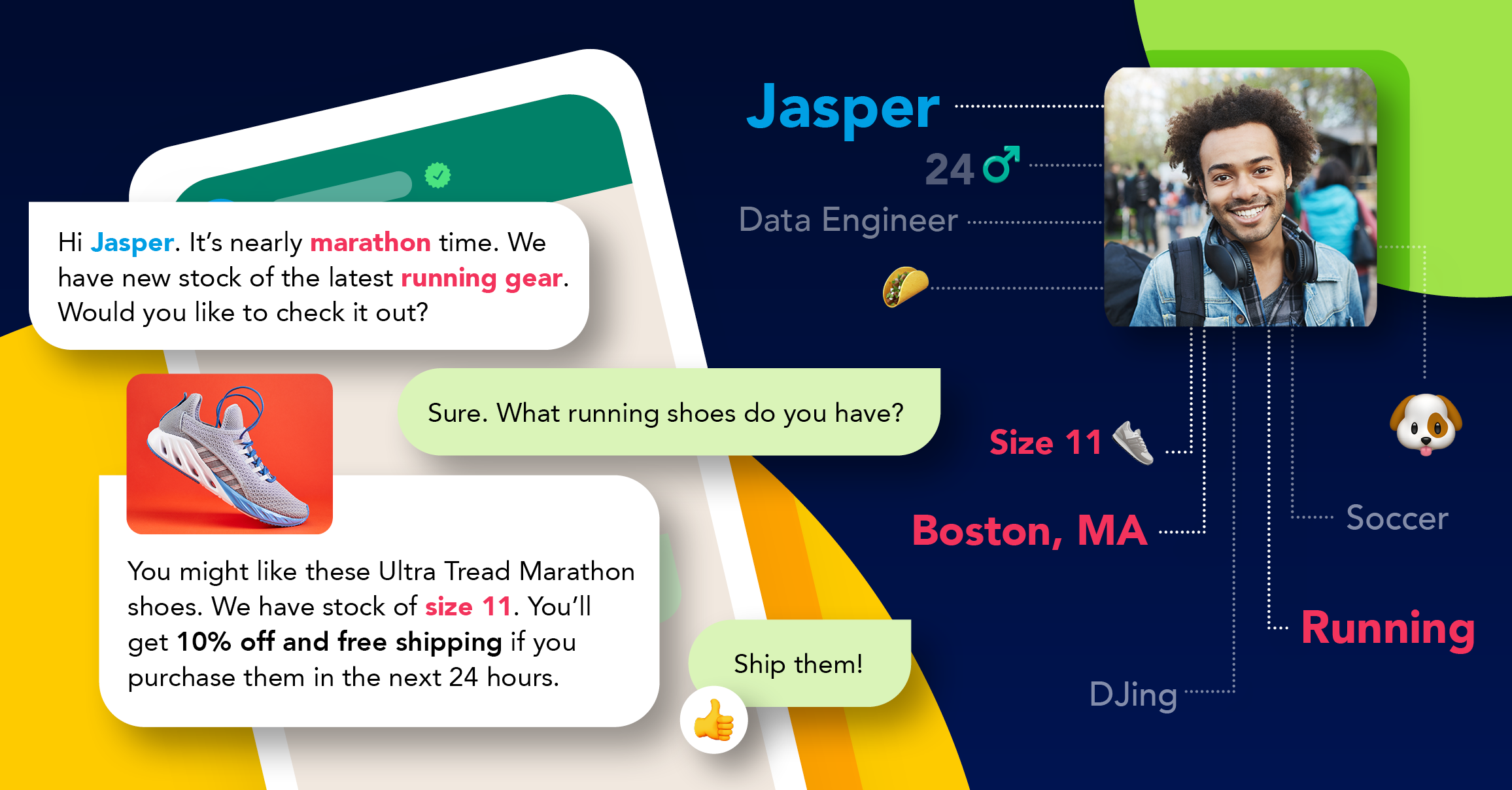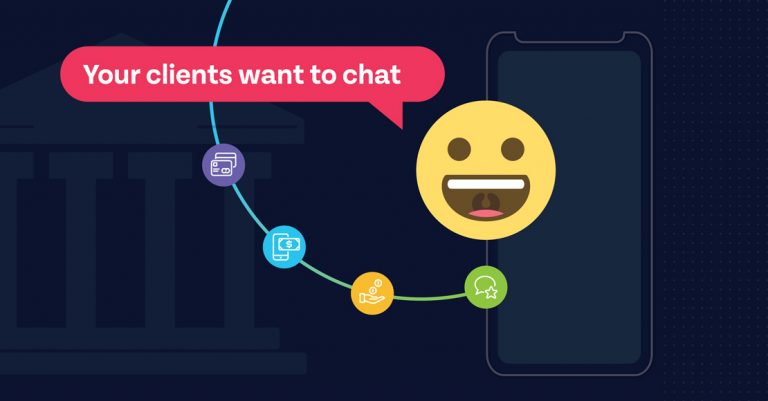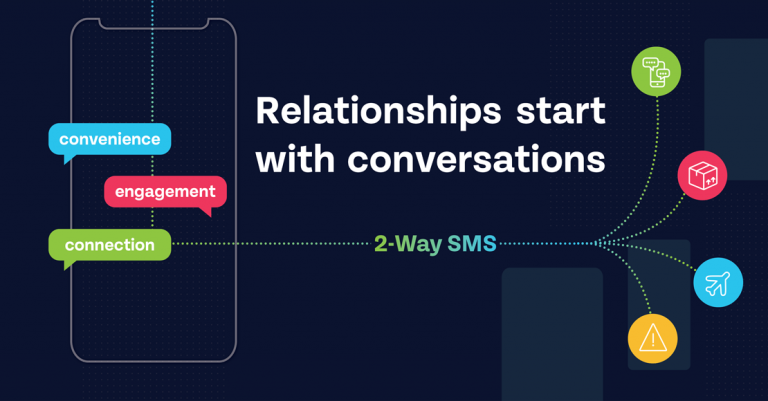
Customer journey omnichannel
A seamless customer experience is key to generating recurring sales. You'll need to make every touchpoint of the customer journey meaningful and flawless, and this can be done with omnichannel strategies.
First, your customer visits your website to browse for something, then they come into your store to shop, and finally, they check out using your mobile app. This is a memorable and exciting experience for the customer, which means that they will become return customers.
Why is an omnichannel strategy effective?
Omnichannel strategies focus on creating a cohesive and integrated user experience. It differs from multi-channel strategies in that rather than optimizing each touchpoint as its own individual entity, you will focus on making each touchpoint a step in the customer journey and user experience.
Stores utilizing omnichannel strategies are well-established and are not always online-only stores. These strategies succeed because each touchpoint is well-rounded and delivers a connected customer experience. It is this seamless, integrated experience which you need to focus on rather than on driving sales to one platform.
Improved efficiency: By implementing an omnichannel strategy, you will be able to provide customers with improved efficiency, as well as being able to respond to the needs of the clients with a common, central database of products, offers, and prices. The client will be able to experience your brand consistently across all channels, streamlining the buying process.
More personalized customer experience: When your business becomes more visible across the channels, this leads to more accurate data collection. This data will allow you to provide a more personalized customer experience. Offering better service and a customized experience is key to garnering return customers, and using the data collected from omnichannel sales will allow you to generate ideas on how to encourage customer engagement.
Improved marketing: Customers can be fickle, especially with brands that do not offer good customer service. You may find that up to 70 percent of your customers will stop buying from your brand if good customer experience is lacking. However, with omnichannel strategies you can create marketing campaigns that are tailored to your customers, spread across all channels to make their experience seamless and integrated.
What does the perfect omnichannel experience involve?
The perfect omnichannel experience may sound like a difficult feat to achieve, but it can be done. If you want to move onto an omnichannel strategy, you should be prepared to learn how to exist on multiple channels, wherever your customers are spending their time.
An intuitive mobile experience: One of the major elements of an effective omnichannel experience is providing your customers with an intuitive and integrated mobile experience. It is critical to have an ecommerce store that’s easy to navigate and is mobile friendly. Mobile is fast becoming a highly important channel, with reports showing that since 2015, mobile ecommerce has increased by over 80 percent.
Order history should be easy to access: Making a customer’s order history easy to access at any time is vital to the perfect omnichannel experience. They should be able to access this order history from any device, which streamlines the process and encourages return customers. Not only will your customer experience more visibility on whatever channel they are using, but you will be able to provide consistent customer service.
Tailored product suggestions: Omnichannel ecommerce provides data from customers, which means that you as a retailer can use this data to provide tailored product suggestions to customers. It has been proven time and again that customers respond positively to receiving customized product suggestions. You can use the omnichannel data to craft remarketing campaigns or to cross-sell products to a customer who has bought from your physical store using your app, and then visited your website.
How to implement an effective omnichannel strategy
Omnichannel marketing takes some work on your part, but the end results will speak for themselves. Following a few simple pieces of advice will help you to implement an effective strategy which improves the customer experience and brings you closer to your end goals.
Every touchpoint should be a shopping haven: One of the most effective ways to create omnichannel success is to make every touchpoint ‘shoppable’. Enabling sales on every channel is vital to any retailer or business and with the innovations we have seen recently in social media (such as Facebook adding a ‘Shop’ section to business pages) you’ll be able to do this without spending a large amount of money.
Use email and web personalization: The easiest ways to generate revenue are through SMS, email and web customization, as they are able to give you clear key performance indicators. Personalizing your SMSes, email and website is also relatively easy, which is why this should be one of the very first steps you take. The main focus of personalizing your communications and your website is to develop product recommendations that are tailored to your customers on every page of your site, as well as in your SMS and email marketing.
Make the most of mobile apps: If you’re not optimizing your website for mobile, you’re losing out on customers: even more so if you haven’t yet considered creating a mobile app for your business. Statistics show that mobile use has surpassed desktop, with the mobile app market growing significantly each year. Your application will need to be a shoppable touchpoint in order to have any success, and should provide the customer with relevant content such as special offers or product information.
In-store personalization to tie in with digital: The next step you take on your journey to implementing omnichannel ecommerce is to introduce in-store personalization that ties in with the online personalization. You can achieve this by teaching your employees to use tablets or iPads at point-of-sales areas for customers to check out on your app, but you’ll have to use the same customer identifiers used in the other channels to capture customer data for an integrated experience.
Evenly distribute all efforts: If you focus all of your attention on optimizing your social media section of your omnichannel strategy, you will notice that your newsletters, email marketing and website personalization will fall to the wayside. If this happens, your strategy will be unsuccessful and your presence will not reach the number of customers it could and should. Your strategy should cover all bases equally if you want to create the perfect omnichannel experience for customers.
The potential is massive
Omnichannel ecommerce has huge potential, especially in a world that is moving rapidly forward toward online shopping. Users are craving (and demanding) better customer experiences online and offline, which means that you’ll have to keep up with these demands. Your buyers should be able to interact with your brand in ways that they never imagined, so read our article about why you should embrace omnichannel ecommerce for more information.
Explore other articles
Step into the future of business messaging.
SMS and two-way channels, automation, call center integration, payments - do it all with Clickatell's Chat Commerce platform.








